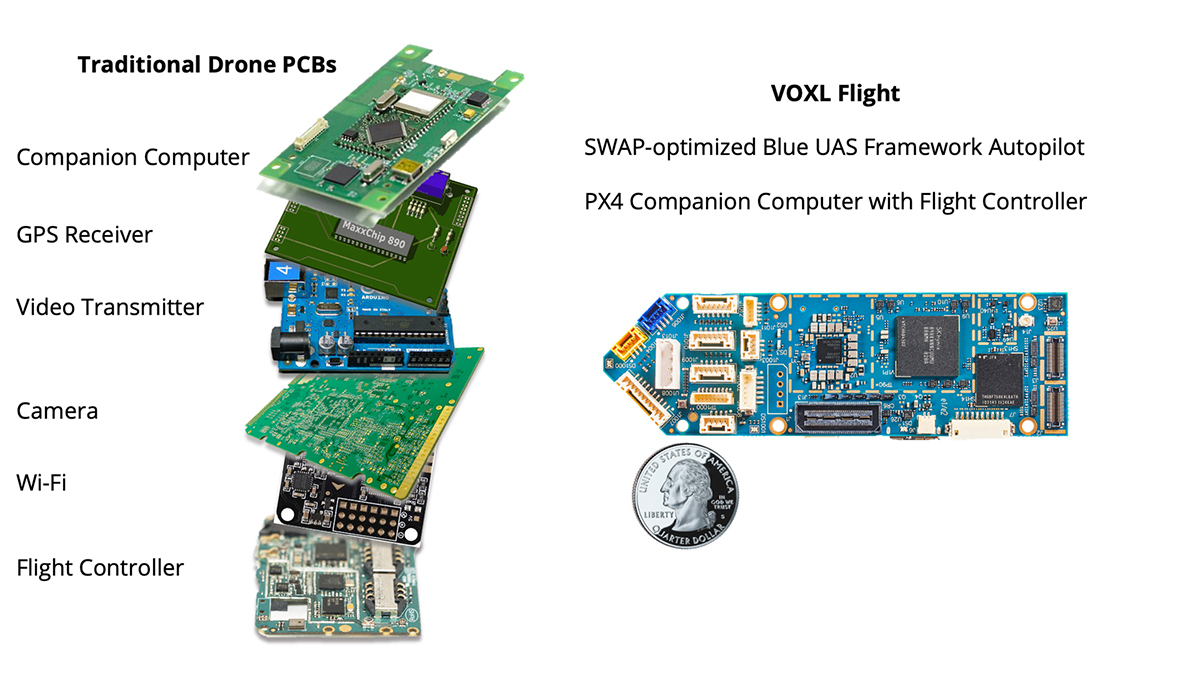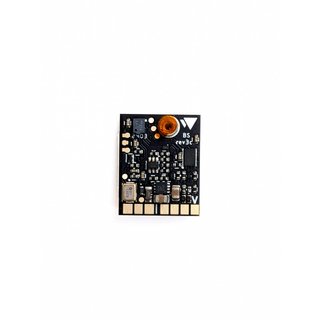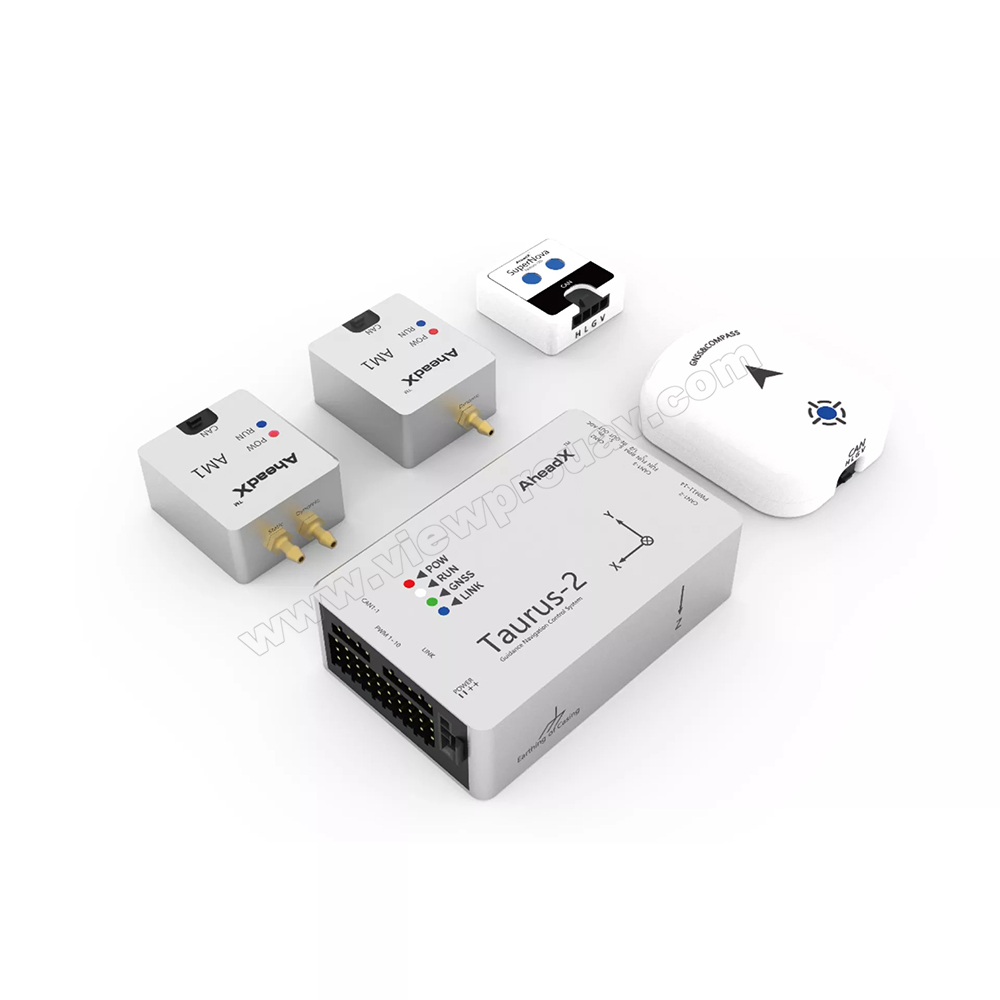SparkNavi Drone Flight Controller and GNSS/INS Made in Taiwan: Leading the Way in Drone Innovation
SparkNavi Drone Flight Controller and GNSS/INS Made in Taiwan: Leading the Way in Drone Innovation
Blog Article
Checking Out the Duty of Drone Trip Controllers in Enhancing Flight Security and Navigation Effectiveness
The improvement of drone technology has considerably boosted the importance of flight controllers, which offer as the brain of these aerial vehicles. By integrating real-time data from a selection of sensors, trip controllers boost flight stability and navigation efficiency, making certain that drones can operate smoothly also in intricate environments.

Understanding Trip Controllers
Flight controllers are important components in the performance of drones, acting as the minds that stabilize and take care of trip operations. These sophisticated devices process information from numerous sensors, including accelerometers, gyroscopes, and GPS, to make certain that the drone preserves its desired trip path. The trip controller interprets this data and carries out commands based on pre-defined algorithms, allowing the drone to reply to ecological modifications, such as wind or challenges.
The key function of a trip controller is to preserve security throughout flight. It achieves this by making real-time adjustments to the drone's motors and control surface areas, making certain balance and control. Furthermore, modern-day flight controllers include advanced functions such as waypoint navigation, enabling for automated flight courses and boosted functional performance.
Understanding the design of flight controllers is essential for both enthusiasts and professionals. They generally contain a microcontroller, firmware, and numerous interfaces for sensor input and communication. As technology developments, trip controllers have ended up being much more compact and qualified, integrating expert system to adapt and improve decision-making processes to complicated trip situations. This advancement symbolizes an essential development in the drone sector, leading the way for extra sophisticated applications and more secure procedures.
Secret Parts of Flight Security
Attaining ideal trip stability in drones counts on a number of essential parts that work in concert to ensure smooth and regulated operations. Central to this security is the flight controller itself, which refines information from various sensing units to keep the desired trip perspective. This consists of accelerometers and gyroscopes that gauge movement and positioning, enabling real-time changes to the drone's setting.
An additional important component is the digital rate controllers (ESCs), which control the power provided to the motors. By finely tuning motor speeds in response to trip controller commands, ESCs assist maintain equilibrium and combat disturbances brought on by wind or unexpected activities.
Furthermore, the design of the drone's framework plays a critical duty in flight security. A well-structured framework minimizes vibrations and boosts the overall wind resistant profile, adding to smoother flight features. Finally, the assimilation of advanced algorithms within the trip controller aids in anticipating changes, making sure a responsive and adaptable flight experience.
Together, these parts form a cohesive system that improves a drone's security, permitting accurate handling and improved performance in various flight problems.
Navigation Effectiveness Strategies
Effectiveness in navigation is necessary for maximizing drone procedures, particularly in complex atmospheres. Reliable navigating techniques enhance the capacity of drones to go across challenging terrains and avoid challenges, consequently boosting functional effectiveness and security.
One famous strategy is the execution of advanced general practitioners and inertial measurement systems (IMUs) that offer exact area monitoring and alignment information. These technologies enable drones to determine optimum flight paths in real-time, taking right into account various aspects such as wind problems and potential challenges.
One more strategy entails using formulas for course preparation and optimization. Algorithms such as A * and Dijkstra's algorithm can be deployed to determine one of the most reliable course while decreasing power usage and flight time. Additionally, integrating artificial intelligence designs can enable drones to adaptively find out from their environments, enhancing navigating capacities with experience.

Influence On Autonomous Drones
The combination of sophisticated navigating strategies has actually greatly transformed the capacities of autonomous drones, allowing them to operate with greater autonomy and precision. SparkNavi drone flight controller and GNSS/INS made in taiwan. These improvements are primarily credited to sophisticated flight controllers that make use of real-time information processing and sensor blend, permitting drones to browse intricate environments flawlessly
The impact on autonomous drones expands beyond mere navigating; it encompasses enhanced obstacle evasion, enhanced stability during dynamic problems, and raised objective dependability. By leveraging formulas that include equipment learning and artificial intelligence, drones can adjust to altering circumstances, making informed choices that enhance their flight paths while minimizing dangers.
Moreover, the application of robust flight controllers has promoted the implementation of complex tasks, such as airborne evaluations, delivery solutions, and farming monitoring, with minimal human intervention. This ability not only streamlines procedures but likewise minimizes human mistake, thereby enhancing total safety and security.
As a result, the functional scope of independent drones has click to find out more actually broadened dramatically, making them important devices in different industries. Their capability to do efficiently in diverse situations emphasizes the important function that progressed flight controllers play in forming the future of unmanned airborne systems.
Future Trends in Trip Control
Frequently, improvements in flight control technology are poised to redefine the landscape of drone procedures in the coming years. Arising trends show a considerable change in the direction of improved expert system (AI) combination, allowing trip controllers to process real-time information much more efficiently. This advancement will facilitate improved decision-making capacities, permitting drones to adapt to vibrant environmental conditions autonomously.
In addition, the execution of artificial intelligence algorithms is anticipated to enhance predictive maintenance, consequently decreasing downtime and expanding the lifecycle of drone components. This proactive strategy to maintenance will certainly be important as drone applications broaden throughout numerous markets, from farming to logistics.

.png)
Lastly, innovations learn the facts here now in safe and secure interaction methods will address safety and regulative concerns, ensuring that drones can operate perfectly in stuffed airspaces (SparkNavi drone flight controller and GNSS/INS made in taiwan). Collectively, these fads point in the direction of a future where flight control systems are not only smarter and a lot more also qualified however efficient of operating safely in an increasingly integrated airspace
Conclusion
In conclusion, drone flight controllers are indispensable to improving flight stability and navigating effectiveness through the innovative handling of sensing unit information. By maintaining optimum flight attitudes and utilizing innovative algorithms for course optimization and challenge evasion, these controllers considerably add to the freedom and operational safety of drones. As technology remains to progress, even more improvements in flight control systems are anticipated, assuring better efficiency and expanded capabilities in the world of unmanned aerial cars.
By integrating real-time data from a selection of sensing units, trip controllers boost trip security and navigating performance, special info guaranteeing that drones can operate smoothly even in complex atmospheres.Flight controllers are important elements in the performance of drones, offering as the brains that manage and stabilize trip operations. Furthermore, modern-day trip controllers include innovative attributes such as waypoint navigation, allowing for automated trip courses and enhanced functional efficiency.
Central to this security is the trip controller itself, which refines information from various sensors to maintain the preferred trip attitude.In verdict, drone flight controllers are essential to enhancing flight stability and navigation efficiency with the advanced handling of sensing unit data.
Report this page